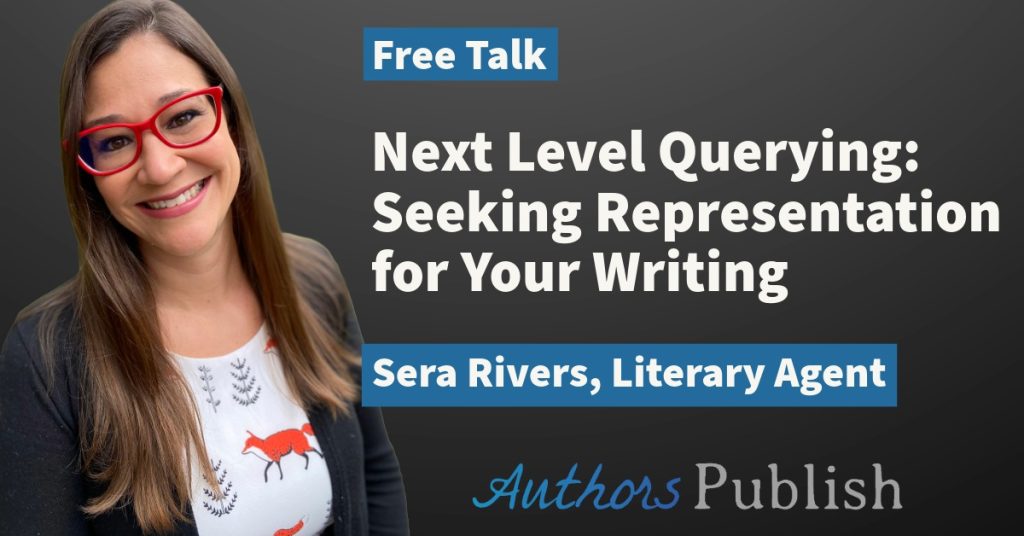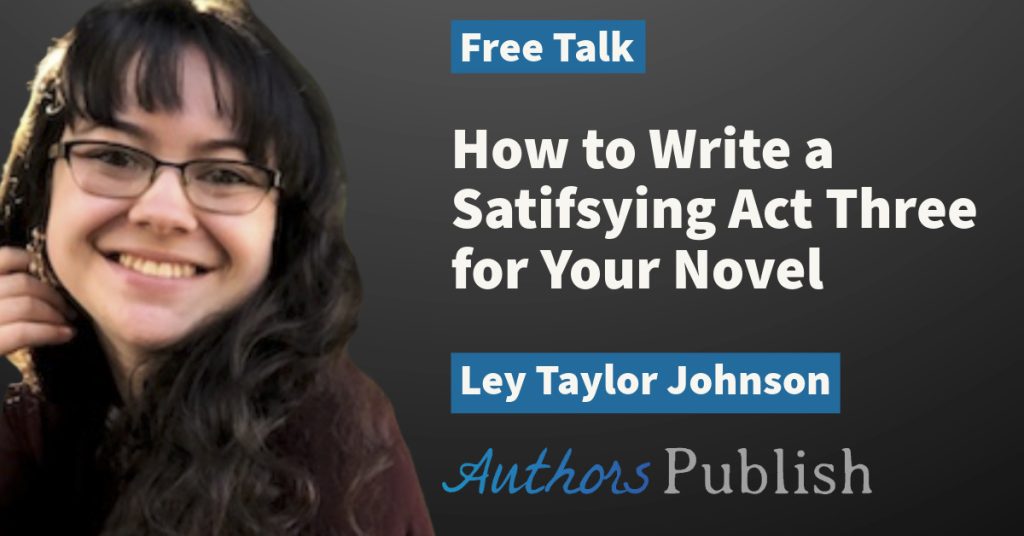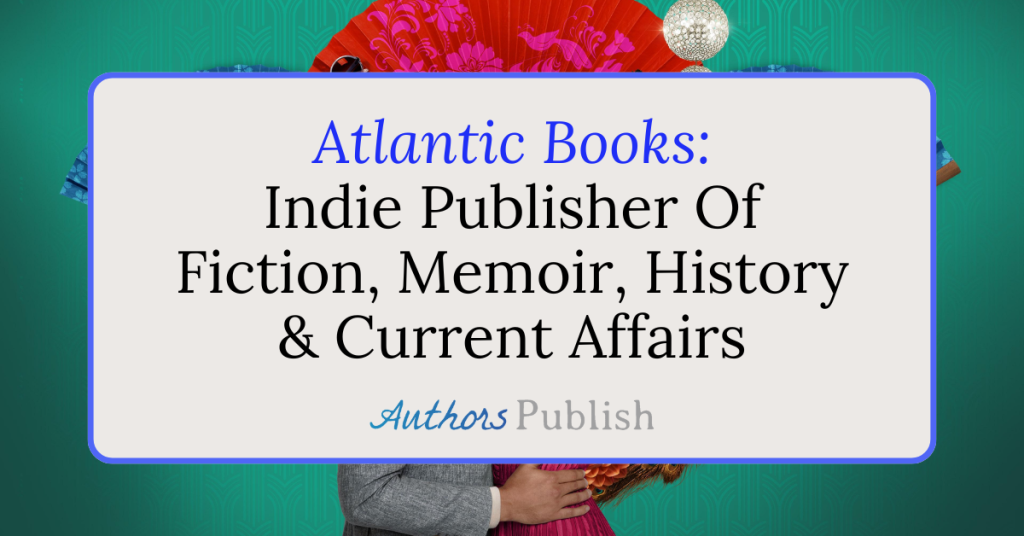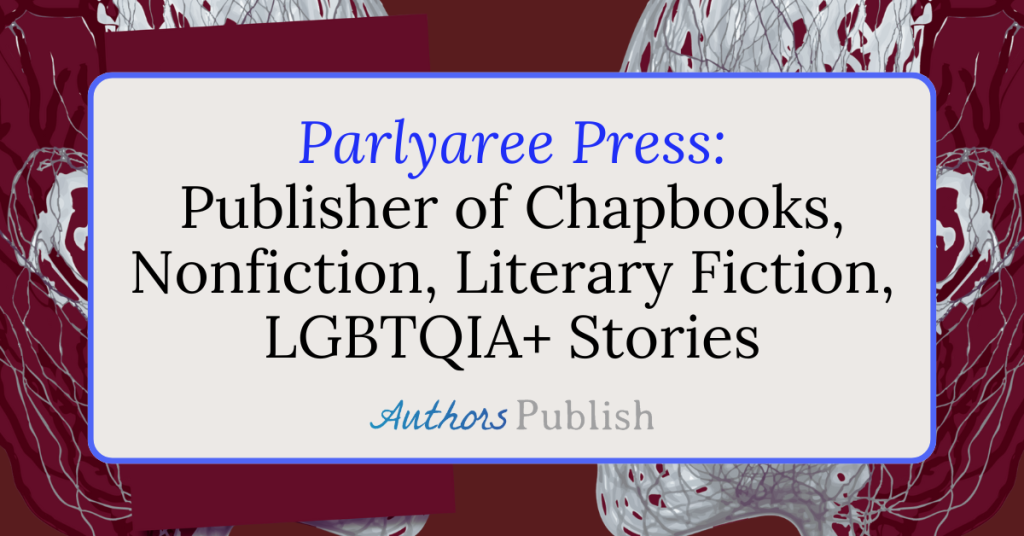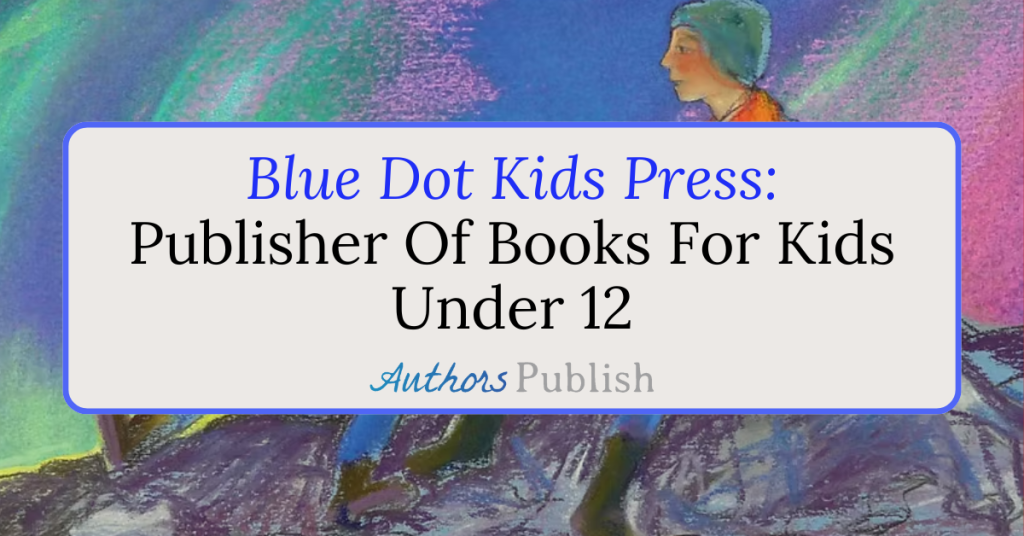By Jess Simms
It’s not easy to get your work published. I know this from both sides of the table as a fiction writer as well as Managing Editor of the literary journal After Happy Hour. The journal’s acceptance rate is around 3%, meaning we say “no” about 32 times for every time we say “yes”—and we’re a relatively small market; editors at better known publications may send 100+ rejections for every acceptance.
Something else I’ve noticed as a lit mag editor: many writers give themselves extra obstacles to overcome because of how they approach submissions. Here are three of the most common mistakes I see submitters making and what you should do instead to improve your acceptance odds.
Mistake #1: Submitting work before it’s ready.
After Happy Hour is run by a workshop group, so we’re down to work with authors on edits when a piece feels very close. Even so, we’re not going to accept something that needs substantial line-by-line edits no matter how much we love other aspects of the work.
These are frustrating rejections to send because, often, I love the potential I see in the piece—but I can only judge what’s in front of me. When it’s obviously a draft or two away from finished, it would do an injustice to both the piece and the journal to put it in print.
Knowing when a piece is ready isn’t always easy. You don’t want to go too far the other way, either, where you end up never sending work out because you’re endlessly tinkering. The trick is to get some objectivity. In my experience, there are two main ways to do that:
- Get outside input from a beta reader, mentor, or workshop group—basically, another literary-minded human who isn’t going to lie to spare your feelings.
- Let the piece sit for at least a week after your “final” edit. You can use that time to research markets, but don’t work on the story. After this pause, read the story with fresh eyes. If it only needs a couple typos fixed or other small tweaks, you can submit it. If you find yourself making more substantial edits, it’s not ready yet.
Mistake #2: Not following formatting guidelines.
Formatting guidelines can seem arbitrary. The piece will be re-formatted when it’s published, anyway, so why does it matter what the submission looks like?
The thing is, editors don’t set these guidelines just for funsies. When a journal specifies the font, spacing, and margins, they’re asking you to make the story easy for them to read. If I have to struggle just to get through a piece, my odds of publishing it plummet dramatically.
There’s also the matter of pattern recognition. The vast majority of submissions that disregard submission guidelines are also poorly-edited or not a good fit for our aesthetic. I still try to give every piece a fair shot, but when I open a story that’s single-spaced in 10-point Comic Sans, I have a sneaking suspicion from the start that I’ll be saying no (and, most of the time, I’m right).
Mistake #3: Not paying attention during the submission process.
These mistakes are like breaking your leg at the 26-mile mark of a marathon. The most egregious errors I see regularly include:
- Emailing submissions instead of using our submission form
- Attaching the wrong file
- Sending a file that still has workshop comments and tracked changes
These are instant rejection level mistakes. With the first one, the piece won’t even get read—you’ll just get an email directing you to our submission form. There are other lesser mistakes submitters make at this stage, too, like:
- Typos in the work’s title (or the title doesn’t match what’s attached)
- Using the wrong form category
- Not anonymizing their submission as requested
- Addressing the wrong journal or editors
…that last one is particularly impressive because After Happy Hour reads anonymously and doesn’t ask for cover letters. Yet some people still include one as the first page of their submission—and then double-down on that mistake by addressing it to another market.
These errors are minor, but the message they send isn’t. They give the impression that you either don’t care enough to double-check your details or are taking a shotgun approach and sending work to every market you find. Neither of those inspires confidence in an editor.
Editors want to work with writers who care as much about their writing as we do about our publications. You can demonstrate that level of care by sending polished work that’s correctly formatted and taking the time to get things right during the submission process. Doing these things won’t guarantee you an acceptance, but it will give you a much better shot at getting one.
Jess Simms is a freelance writer from Pittsburgh, PA, where they’re a co-founder of Scribble House and the managing editor of After Happy Hour. They’re the author of the fiction chapbook Cryptid Bits (Last-Picked Books, 2024) and the micro-chap Shapeshifter Diaries (Rinky Dink Press, 2023). You can find them online at https://jesssimms.com.

